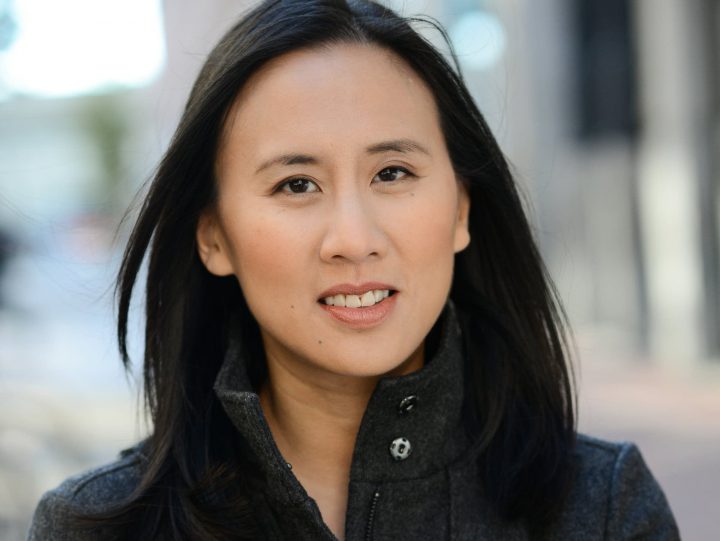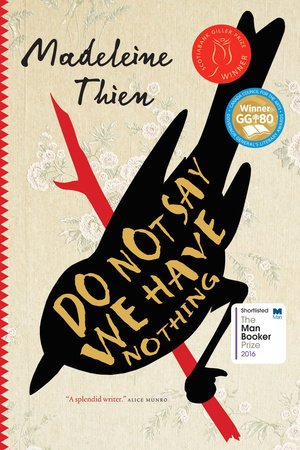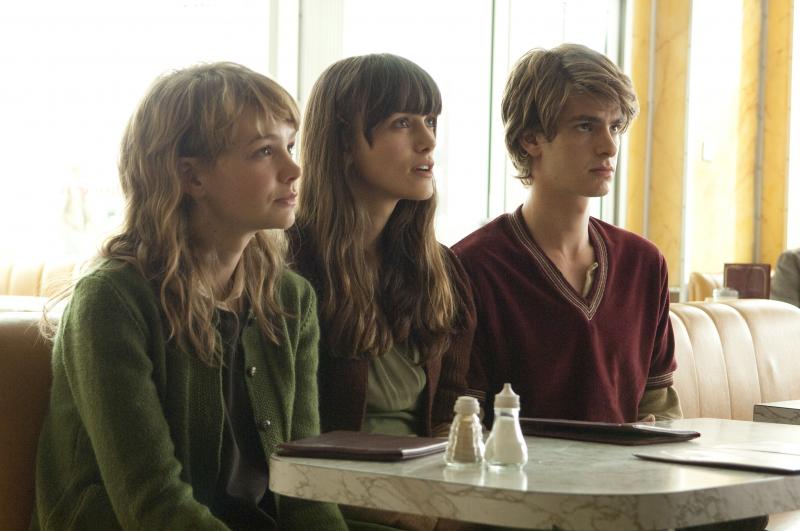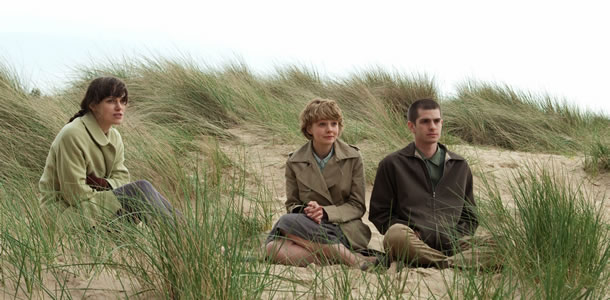A pair of wings, a different respiratory system, which enabled us to travel through space, would in no way help us, for if we visited Mars or Venus while keeping the same senses, they would clothe everything we could see in the same aspect as the things of Earth. The only true voyage… would be not to visit strange lands but to possess other eyes, to see the universe through the eyes of another, of a hundred others, to see the hundred universes that each of them sees, that each of them is.
This could be taken as dialogues from Dr. Strange in the Multiverse of Madness, or, Everything Everywhere All At Once, both 2022 movies flying high on the trending theme of multiple universes. But of course, the excerpt is Proust’s, and the universes he refers to are internal ones.
The above quote is taken from In Search of Lost Time Volume V: The Captive and The Fugitive (343), as the narrator Marcel acknowledges the infinite views that can arise from personal experiences of different individuals filtered through their own subjective lens. There are as many viewpoints as there are people, therefore, every object or event can evoke a variety of perspectives and responses. Subjectivity is Proust’s master stroke. Take this other excerpt from the same volume. As Marcel awakens in the morning:
… from my bed, I hear the world awake, now to one sort of weather, now to another! Yes, I have been forced to whittle down the facts, and to be a liar, but it is not one universe, but millions, almost as many as the number of human eyes and brains in existence, that awake every morning. (V:250)
Today, November 18th, is the centenary of Proust’s death at the age of 51 (1871-1922). A look at his contemporaries could help us place him in a historical context and probably source the influence of his introspective sensitivity and his ultra-reflexive writing. Again, the disclaimer here is that, I’m no Proust scholar… mere ripples out of my own tiny universe. I can think of the following iconic figures as I consider the historical context of Proust’s writing.
It was the era of psychoanalysis. I’m sure Freud (1856-1939) would have been eager to apply his own theory to explain the case of Marcel’s longing for his mother’s goodnight kiss as he lies in bed waiting for her to come up to his room every night. And then there was Carl Jung, (1875 – 1961), whose theory on personality and the unconscious could have sparked some light into Marcel’s epiphany of the involuntary memories: ephemeral flashbacks that fuel his imaginative mind with creative thoughts. It’s such kind of subliminal emergence of Time past that fills him with joy and meaning.
And of course, there are the other writers whom Marcel has mentioned in the book, Henry James (1843-1916) whose brother is also a prominent psychologist of the time, William James (1842-1910), across the Atlantic. Another notable, Marcel’s enthusiasm is heightened when talking about Dostoevsky (1821-1881), the master of characterizing the human psyche.
And what’s with all the space travel idea, flying from star to star, while the Wright brothers had just successfully flown the very first aeroplane only in 1903? Huge imagination and insight for one to think of multiverses at that time. I’m not sure what the original French word is. Those who read In Search of Lost Time in French, is the word the same as its English translation, ‘universe’? (V: 250, 343)
Reading this sparked a personal flashback as I remember my experience of visiting “The Infinity Mirrored Room” created by the Japanese artist Yayoi Kusama (born 1929) at the Art Gallery of Ontario in Toronto a few years ago. Infinite reflections from these tiny silver balls:
____________________
Having said all the above about Proust’s sensitivity to subjective universes, here’s the rub. It is utterly ironic that these insights are taken from Volume V: The Captive and The Fugitive. Why, here in this volume, Marcel has taken Albertine captive in his parents’ home where he stays while in Paris. He first met Albertine in Balbec; she has now become his lover/mistress. No, she isn’t in chains, but the restraints Marcel puts on her is psychological rather than physical. He tracks her every move, “whenever the door opened I gave a start.” (494) In reality, there just might be two captives in that house, Albertine and Marcel himself, both caught in a psychological tug of war, maintaining a fragile relationship based on lies and evasiveness.
As much as he knows about his own thoughts and feelings, or even that of his housekeeper Francoise’s, Marcel’s empathy does not extend to Albertine’s universe. He might think his keeping her in his house is for her own good, “to save her from her orgiastic life which Albertine had led before she met me.” (474). Yet his ‘love’ for her is built upon his own possessiveness and jealousy; his displeasure with her intensifies when he learns it’s with other women that she seeks intimacy. Eventually, fleeing a stifling life, gasping for the air of freedom, Albertine leaves the house abruptly one morning. The captive now becomes the fugitive.
The events that follow are like a test of Marcel’s love for Albertine, showing if it is genuine or merely self-indulgence, egotism, or even just lust. Spoiler Alert from here on.
Marcel has never gone out to look for the fugitive. Until one day, he gets the news that Albertine has died in a horse-riding accident. Surely there is grief and pain in the immediate aftermath, but what does he miss most? “I needed her presence, her kisses.” (642) While he goes on to reminisce the good and the bad sides of Albertine, not long after that he has given her up for another:
The memory of Albertine had become so fragmentary that it no longer caused me any sadness and was no more now than a transition to fresh desires, like a chord which announces a change of key. And indeed, any idea of a passing sensual whim being ruled out, in so far as I was still faithful to Albertine’s memory, I was happier at having Andrée in my company than I would have been at having an Albertine miraculously restored… my tenderness for her, both physically and emotionally, had already vanished. (809-810)
“like a chord which announces a change of key…” O the fickleness of desire! The deceits of hidden motives and the capricious emotion one calls love. Marcel might be insightful in acknowledging multiple universes within individuals, pure love remains elusive. Dr. Strange crushes his enemies from the multiverse spectacularly, but the beast that lurks within oneself might be more formidable a foe to conquer.
***




 Do Not Say We Have Nothing by Madeleine Thien
Do Not Say We Have Nothing by Madeleine Thien The Noise of Time by Julian Barnes
The Noise of Time by Julian Barnes Cometh the Hour by Jeffrey Archer (#6 of the Clifton Chronicles)
Cometh the Hour by Jeffrey Archer (#6 of the Clifton Chronicles) A totally different tone, but the same historical backdrop. Towles has created an interesting and colourful character, the aristocrat Count Alexander Rostov, kept in house arrest when the Bolsheviks overrun the country. True to his personality and lifestyle – the major consolation of such a misfortune – Count Rostov serves his house arrest in the elegant Moscow Metropol Hotel across from the Kremlin, albeit in a cramped room in the attic. With his always pleasant demeanour, the former aristocrat makes himself at home at the grand hotel, meeting interesting characters, wine and dine to his heart’s content. He stays there for decades, with the historic changes happening outside the four walls of the Metropol: Lenin, Stalin, post-Stalin, and further. As fate would have it, Count Rostov encounters an idealistic youngster named Nina, and years later, takes up guardianship of her daughter Sofia, and thus his life and view begin to turn into something more purposeful. The Metropol makes me think of Wes Anderson’s The Grand Budapest Hotel. Instead of speaking truth to power and get slapped in the face or worse, Count Rostov thinks of an ingenious scheme to beat Power at their game. If I were a filmmaker, this is one to bank on.
A totally different tone, but the same historical backdrop. Towles has created an interesting and colourful character, the aristocrat Count Alexander Rostov, kept in house arrest when the Bolsheviks overrun the country. True to his personality and lifestyle – the major consolation of such a misfortune – Count Rostov serves his house arrest in the elegant Moscow Metropol Hotel across from the Kremlin, albeit in a cramped room in the attic. With his always pleasant demeanour, the former aristocrat makes himself at home at the grand hotel, meeting interesting characters, wine and dine to his heart’s content. He stays there for decades, with the historic changes happening outside the four walls of the Metropol: Lenin, Stalin, post-Stalin, and further. As fate would have it, Count Rostov encounters an idealistic youngster named Nina, and years later, takes up guardianship of her daughter Sofia, and thus his life and view begin to turn into something more purposeful. The Metropol makes me think of Wes Anderson’s The Grand Budapest Hotel. Instead of speaking truth to power and get slapped in the face or worse, Count Rostov thinks of an ingenious scheme to beat Power at their game. If I were a filmmaker, this is one to bank on.






































